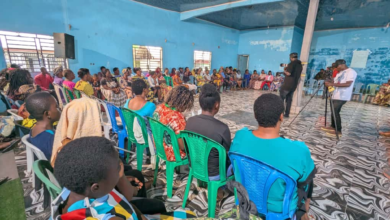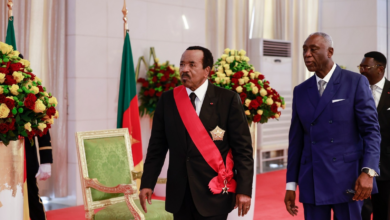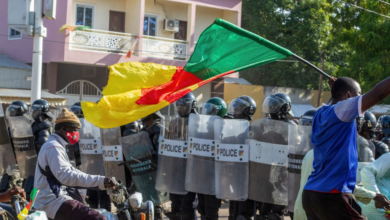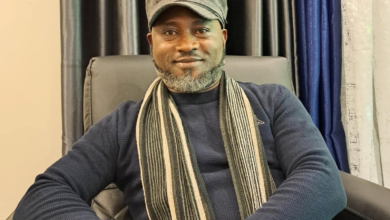Urgent Need to Rescue Bimbia Slave Trade Site Spotlighted on Int’l Day of Slave Trade Abolition
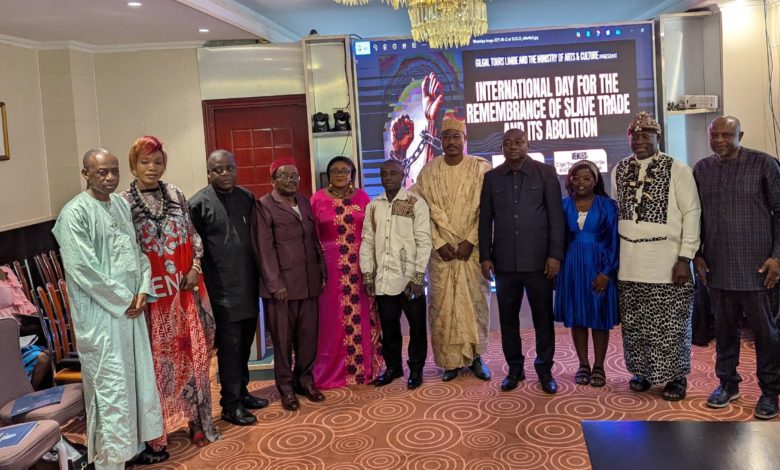
By Nchendzengang Tatah
Bimbia, one of the most important slave trade ports in Cameroon, lies in ruins. Overshadowed by ever-growing vegetation, falling apart with the change of seasons and abandoned without a conducive access road, the historic site is begging to be conserved. Historians including Professor ESD Fomin and Victor Julius Ngoh joined the voices of Doctors Kam Kah and Chief Andrew Ekoka Molindo to discuss the growing need for sustainable measures by the government to save the Bimbia Slave Trade Site on August 22 at the beginning of a two-day commemoration exercise of the International Day of the Slave Trade and its Abolition on August 23.
The event was organised by Gilgal Tours in partnership with the Ministry of Arts and Culture (MINAC). Deliberations took place at the Erica Conference room of the Gilgal Tower Hotel Limbe. It was chaired by the Director of the Museum at MINAC Eta Ojong representing the Minister. In attendance was the City Mayor of Limbe, Paul Efome Ngale, Regional Delegate of MINAC South West, DO of Limbe I and the promoter of the conference, business mogul Eric Igwacho.
In his address Eta Ojong, he regretted that the remembrance was of one of humanity’s worst tragedies. Recalling that it had brought untold misery, pain, and suffering to hundreds of thousands all over the world. He also said it was a day to commend the efforts of those who, facing great risks, fought against slavery.
Eta Ojong further mentioned that Bimbia was on its way to becoming a UNESCO World Heritage Site. He challenged the traditional authorities and natives to put aside their divides and bring to light the Head of State’s vision of making the Bimbia Slave Trade Village a competitive cultural environment.
Erudite Cameroon-born historians made succinct presentations on various aspects of the Bimbia Slave Trade Site. Prof. ESD Fomin presented on the “Bimbia hinterlands trade routes and traders 1700-1900” while Prof. Ngoh participated in the “the abolition of the Slave Trade Act and its implementation in Bimbia”. Dr. Kam Kah discussed on “Bimbia: sites, institutions and environs in the transatlantic slave trade”.
Chief Dr Molindo outlined “the role of Chiefs as Middlemen and in the implementation of the abolition of the slave trade”. He explained that the conference was being held at a significant spot in the Bimbia slave trade story. Gilgal Tower, he said, was planted in a once free slave residential area known as the “ninga quarter”.
During the panel discussion, the recurrent point was the need for government and other stakeholders to work in synergy to make sense of the Bimbia Slave Trade Site before it is destroyed by the forces of nature with each passing day. They emphasised the need for a bottom-up approach to the development of the site.
Three books were launched including Bimbia in the Changing Fortunes of Atlantic World History 1500-2020 and Trans-Slave Trade Routes and Traders of Africa.

